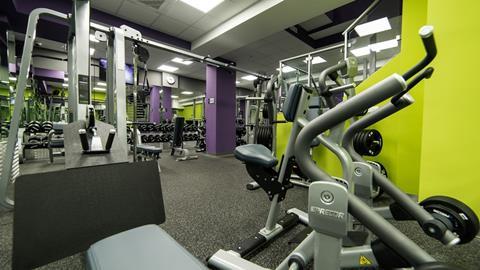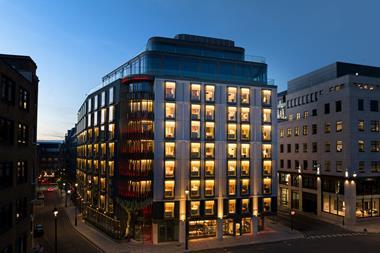UK’s largest fitness franchise Anytime Fitness plans to open over 20 new health and fitness clubs in 2022, taking its total to over 200 properties.

The company is hoping to benefit from the post-pandemic growth of the property market and the changed perception of the health and fitness sector among landlords and property agents.
Many of the new openings will be in popular city centre locations that were previously off limits due to unsustainable rents.
Other locations will be within business parks and shopping centres, as the later are looking to innovate in order to maintain footfall and retain consumers for a longer period of time.
Ben Dixon, Chief Development Officer at Anytime Fitness UK, confirms that the franchise is ‘now in a position to open health clubs in properties that were previously beyond our wildest dreams, and we’re well placed to take advantage of that’.
He pointed out that last year’s growth and performance ‘has shown that health clubs are an attractive investment opportunity’, adding that Anytime Fitness UK is ‘looking forward to playing an important role in revitalising high streets across the UK and Ireland’.
Another benefit, according to Dixon, ‘is the growing importance of Environmental, Social, and Governance (ESG) criteria for landlords’, as tenants are ‘transitioning employees back to offices and want to support their employees’ wellbeing’.
Despite the closure of gyms during the first three-and-a-half months of 2021 and significant delays in supply chains, Anytime Fitness managed to open 16 new clubs last year.
CBRE confirms that landlords are increasingly engaging with the health and fitness sector and recognize their potential as commercial tenants, adding to the retail mix.
According to the global real estate advisor, the increased potential is due to the repositioning of retail assets as a result of the pandemic and the increasing bet on combining commercial returns and wellbeing.
For CBRE director Adam Caplan, ‘the pandemic has created a situation where rents have been rebased to be more affordable in many areas, making it more viable for gyms to operate there’. In addition, ‘the sustained demand for health club memberships and the sector’s ability to be a consistent footfall driver’ have made gyms and health clubs ‘a long-term, viable occupier’.









